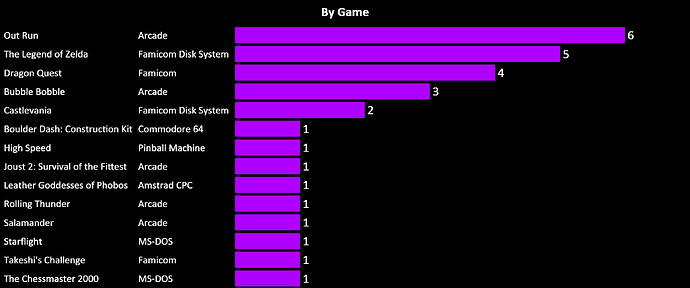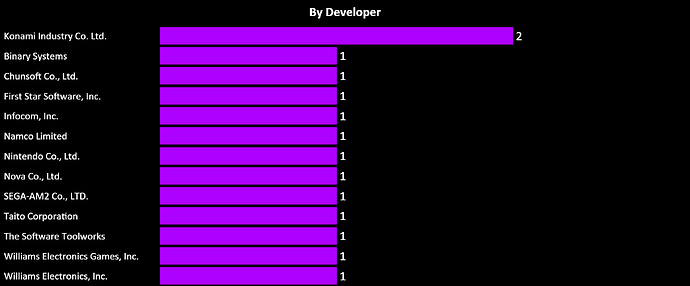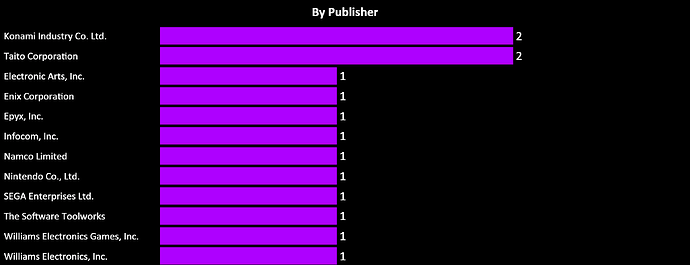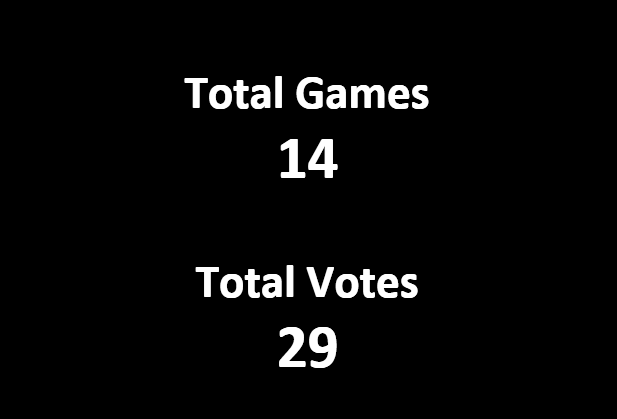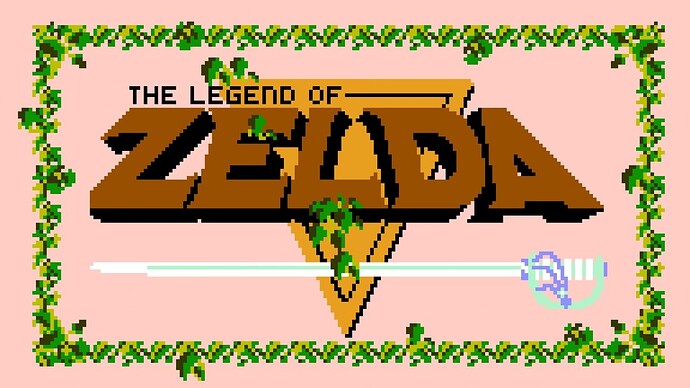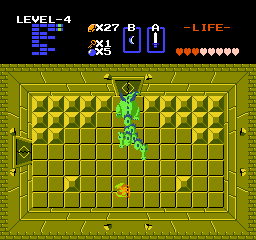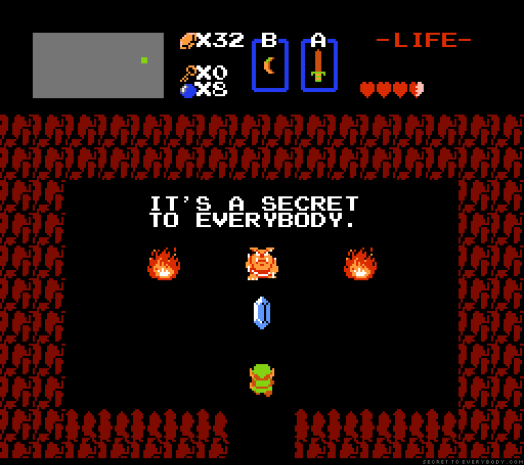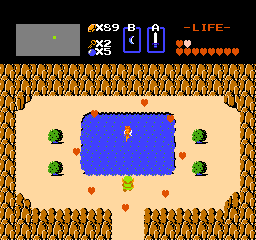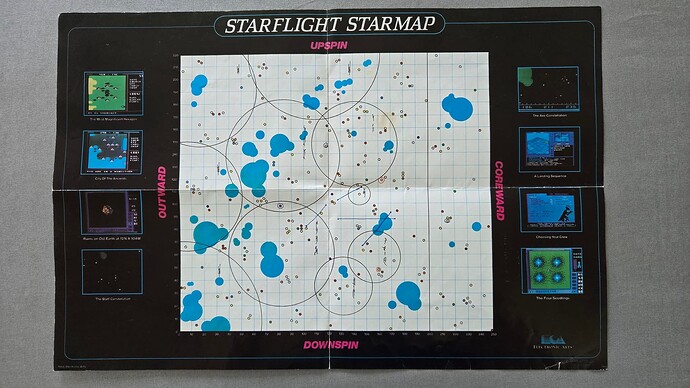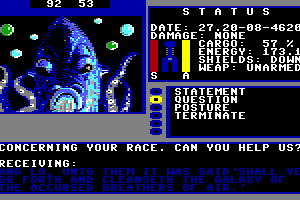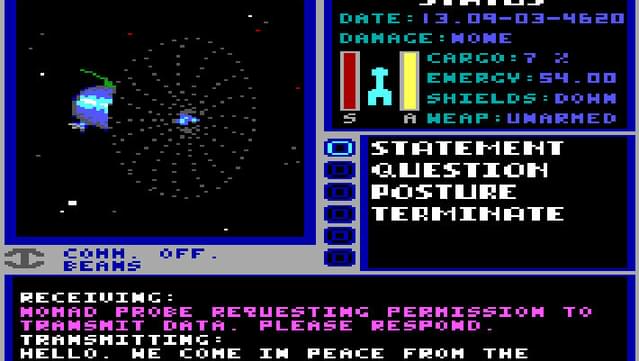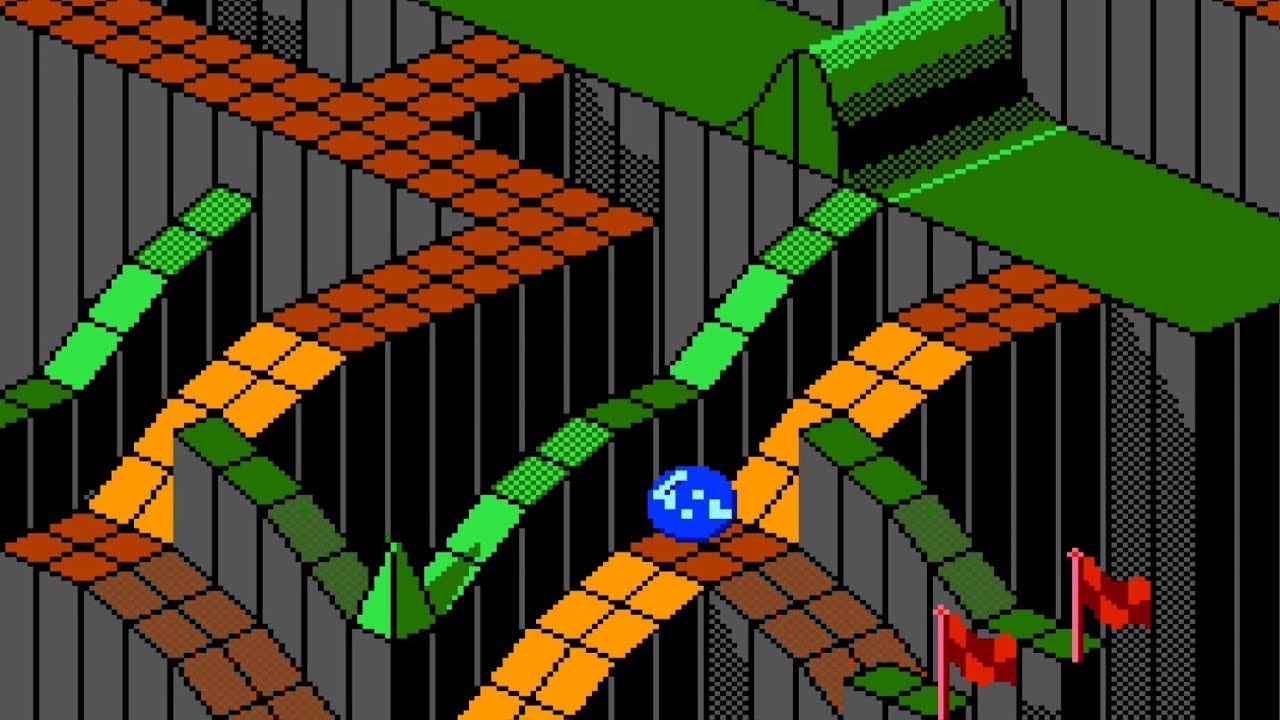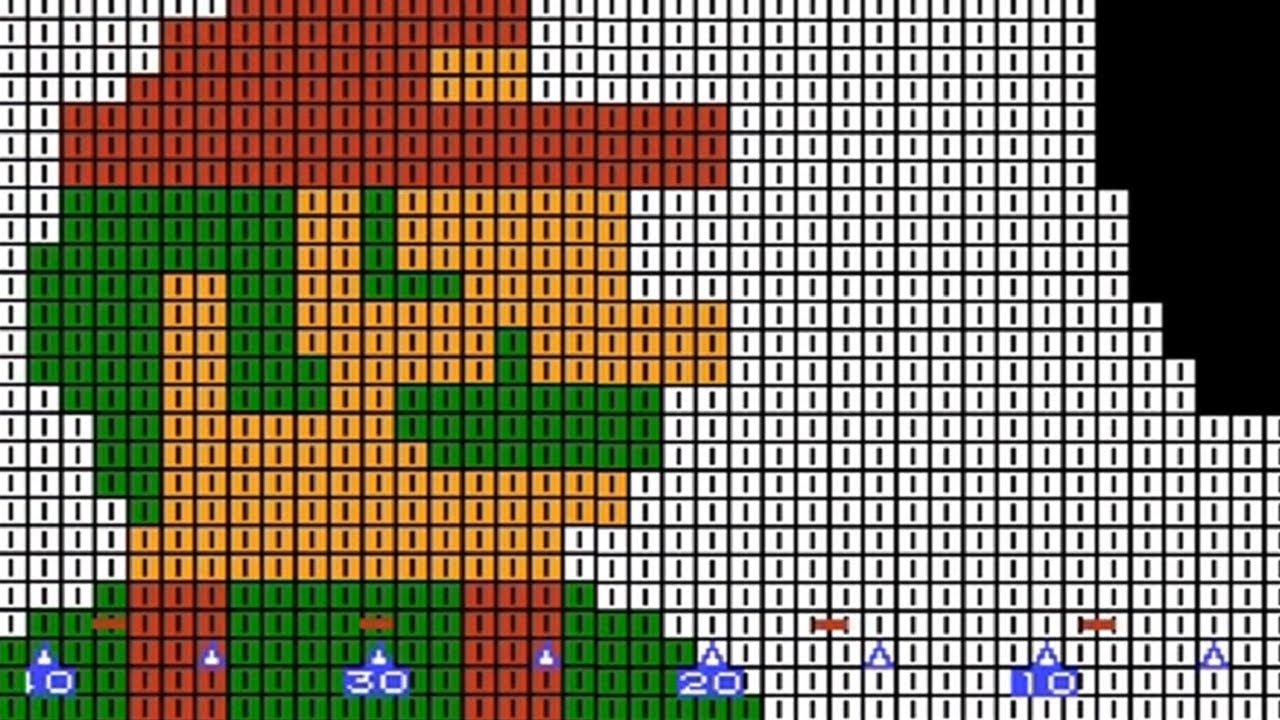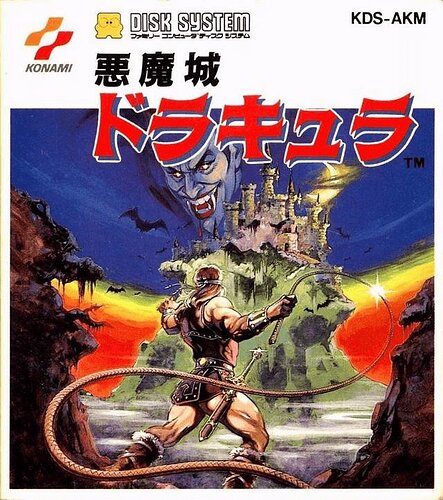1986 is on a very short list of greatest years for video games.
Namco’s Pro Baseball Family Stadium (aka RBI Baseball) established the format for baseball games that’s still used to this day, and Rolling Thunder which did the same for cover shooters (they also released Genpei Touma Den, one of the most video gamey video games of all time even if it’s a bit of a mess). Sega released OutRun, Fantasy Zone, Wonder Boy and Alex Kidd, along with releasing the Master System in the US. Taito released Bubble Bobble and Arkanoid, SNK broke into the US markets for the first time with Ikari Warriors, Nintendo put out Legend of Zelda and Metroid, Technos put out Renegade and launched the beat em up genre, Enix invented the JRPG with Dragon Quest, Starflight and Might and Magic pioneered the open world sandbox RPG, Konami’s Castlevania revolutionized the action platformer, LucasArts made their first game with Labyrinth, Sierra released Space Quest, etc, etc, etc.
Name a genre and it probably started in 1986; it’s not surprising why folks like Masahiro Sakurai point to it as the best year in the history of video games. And so, as one might expect, I’m going to talk about a pinball game:
High Speed (1986, Williams Electronics, Inc.)
By 1986, Williams was in full panic mode. They had yet to recover from the video game crash of 1983, during which they had lost over fifty million dollars with their ambitious LaserDisc biking game Star Rider. Bally/Midway was on the verge of bankruptcy, Atari was being sold for parts, the writing was on the wall. They needed a hit and had lost faith in the video game market, so they assembled a team of their best and brightest to make the pinball game good enough to save the company. Here’s lead designer Steve Ritchie:
We lost a bunch of manufacturing people but most manufacturing folks came back after the layoffs. When the factory was dark I remember going back there after the failure of Devastator, which Devastated me financially. We were all hopeful about making something happen and I came back to Chicago with a good idea, too. Larry De Mar and I jumped on High Speed, and renovated virtually everything that pinball machines did at the time. Space Shuttle kept the factory lights on, and we used that time to produce a spectacular 18,500 units…Pinball got back on its feet, we threw everything except the kitchen sink in High Speed as well as every kind of trick that we could possibly pull. It was gratifying, and it put Williams back on the pinball map.
When Ritchie says that High Speed “renovated virtually everything that pinball machines did at the time”, he’s not kidding. As much as I love some of the earlier solid state games of the 80s or the EM pinball games of the 60s and 70s, you can tell at a glance looking at a pinball table if it came out before or after High Speed. A short list of its innovations:
- First Williams game with an alpha numeric display
- First game that rewarded consecutive shots made in quick succession
- First game with a jackpot during multiball
- First pinball game that recorded the initials of high scoring players
- First game to adjust the replay score threshold based on that day’s scores
- First pinball game with a soundtrack
Before High Speed, pinball games were mostly about hitting as many targets around the playfield as you could before your ball sunk. High Speed, on the other hand, has a plot. You’re on a highway joyride, and as you speed up by making loop shots you start attracting more attention from the cops, eventually causing a siren on the top of the table to turn on and start spinning and voice lines to sell the effect. Once this happens your objectives change, different shots start mattering, and if you hit them you’re awarded with multiball and enable a mutliball only jackpot. If players at a given location are bad at the game, the reward for that jackpot increases every time it goes unclaimed. If players at a given location are good, the threshold for how high a score you need to get a free replay increases. Either way, get the best score on the table and your initials will stay there so you can brag to your friends. These things are all staples now, but they all stem from Larry DeMar’s innovative programming on this table. Beyond all the technical innovations, the playfield is so well designed and the game feels so smooth to play that Ritchie was nicknamed The Master of Flow. The loop shot to upper flipper ramp shot required to advance the game feels so good to pull off that it’s become an absolute staple of the genre, showing up in countless subsequent games like Addams Family. The game was so popular that Rare even made an NES conversion of it, and it not only saved pinball but kicked off its golden age which would last until the late 90s. If you ever see it or its sequel The Getaway: High Speed 2 at a bar or arcade, spare a few quarters and have yourself a time.

